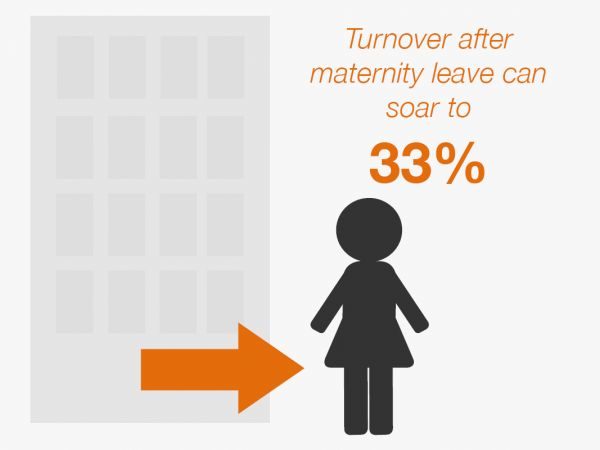It is imperative that businesses proactively address legal risks and support employees through the parental leave transition. The organisational benefits of this include:
- Manage legal risks and enable effective Flexible Work
- Arrangements
- Increase retention
- Enhance reputation as an Employer of Choice
- Contribute towards Gender Diversity Reporting Requirements
- Promote employee wellbeing
- Normalise support
HR Legal, in collaboration with the psychologists at Transitioning Well, offer training on Effective Parental Leave Transitions which provides a unique learning experience for participants on the legal and best practice strategies for effective parental leave transitions in all three phases. Click here to find out more.
References:
- AHRC (2014). Supporting Working Parents: Pregnancy and Return to Work National Review.
- Sagona v R & C Piccoli Investments Pty Ltd & Ors [2014] FCCA 875
- Mellor, G. & St John, W. (2012). Fatigue and Work Safety Behaviour in Men During Early Fatherhood. American Journal of Men’s Health. 6 (1): 80 – 88.
- Filtness, A. J. MacKenzie, J. & Armstrong, K. (2014). Longitudinal Change in Sleep and Daytime Sleepiness in Postpartum Women. PLoS ONE 9(7): e103513. doi: 10.1371/journal.pone.0103513.
- Kippist, L. (2013). Tired, Cranky Parents not ‘Engaged’ at Work. The Advertiser, Feb 27.
- Beacom, A. (2013). The RETAIN Maternity Leave Transition Coaching Model: Applying Schlossberg’s Transition Theory to create a new model of executive coaching. Teachers College, Columbia University.
- Diversity Council Australia (2012a). Men get flexible! Mainstreaming flexible work in Australian business, Diversity Council Australia: Sydney.
- Wisner, K.L. et al (2013). Onset timing, Thoughts of Self-Harm, and Diagnoses in Postpartum Women with Screen-Positive Depression Findings. JAMA Psychiatry, 70 (5): 490 – 498.
- Price-Robertson, R. (2015). Fatherhood and Mental Illness: A review of the issues. Australian Institute of Family Studies. CFCA Paper No. 30.
- Valuing Perinatal Mental health (2013). The consequences of not treating perinatal depression and anxiety. Centre of Perinatal Excellence (COPE) and Price Waterhouse Coopers (PWC).
- Skinner, N. & Pocock, B. (2014). The Australian Work and Life Index. Centre for Work + Life. University of South Australia.
- Duxbury, L. & Higgins, C. (2003). Work-life conflict in Canada in the new millennium: A status report: Healthy Communities Division, Health Canada.







